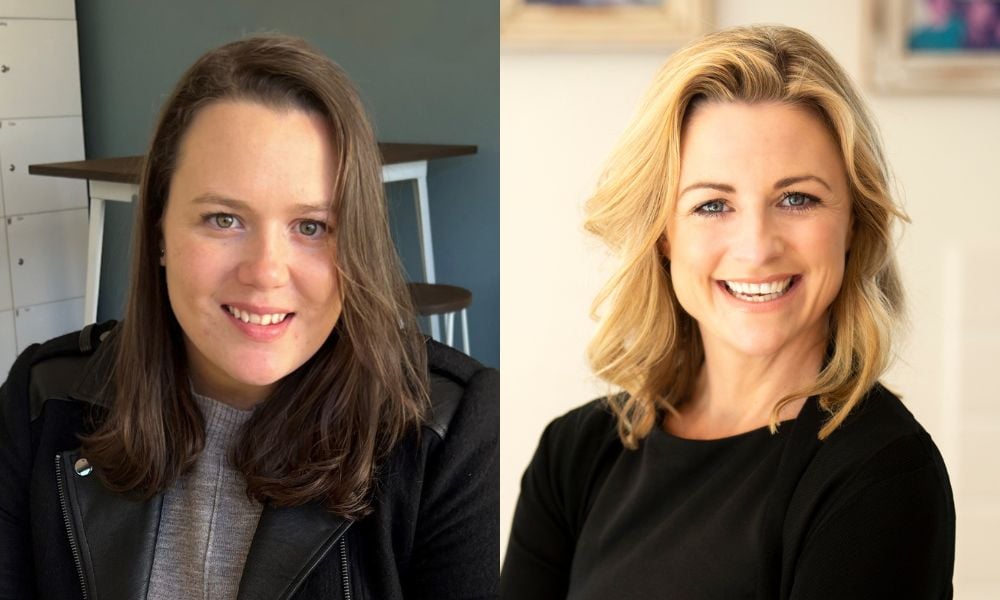Average now 5.71%, says Mozo

Interest rates are on the rise for the ninth time since May, with AMP Bank, Bendigo Bank, ING Australia and Auswide Bank among the non-majors to announce their variable home loan rates are going up.
Big four banks ANZ and NAB announced they would pass on the 0.25% cash rate hike in full on February 7, the same day the RBA made its OCR decision, and CBA and Westpac announced increases on February 9.
According to financial comparison website Mozo on Monday, 28 lenders have announced increases in February. With the exception of Bank First and Auswide Bank, Mozo analysis shows all are passing on the full 0.25% rate hike to their variable home loan customers.
Similarly, RateCity.com.au confirms that 30 lenders on its database have announced increases after the RBA announced the first interest rate decision for 2023.
Bank First has confirmed its variable home loan rates will increase by 0.35%, while Auswide Bank applied a 0.25% increase to existing variable interest rate loans. Auswide Bank has since confirmed that a 0.44% increase applies to variable rate loans submitted from February 8.
How interest rates affect mortgage payments
Mozo personal finance expert Claire Frawley (pictured above left) told MPA that the average variable home loan rate in the Mozo database on Monday was 5.71%.
For an $800,000 loan, monthly repayments will have increased from $3,827 in February 2022, to $5,317 in February 2023: a total monthly increase of $1,490, Frawley confirmed. Annually, the increase amounts to $17,880, she said.
Frawley’s calculation includes the average variable home loan rate each month, from 3.08% (February 2022) to 6.33%, being 325-basis points above the average home loan rate applying in February 2022.
As some lenders start to apportion rate hikes based on a borrower’s LVR tier, Frawley said a borrower’s loan-to-value ratio (LVR) was a factor when comparing interest rates.
“When refinancing, you should be looking at your LVR, rather than just looking at what the headline rates are,” Frawley said. “Take it down one step further and you’ll probably get a better understanding of what’s available to you.”
In February compared to January, an $800,000 owner-occupier loan (LVR over 80%, principal and interest) would cost an additional $121 per month, Frawley said. This is based on the standard average variable rate of 5.68% in January (monthly repayments of $4,999), which would increase to $5,120.
Similarly, home loan customers with a $500,000 mortgage who accepted all increases would now face an extra $11,172 per year in repayments, Frawley said.
RateCity.com.au research director Sally Tindall (pictured above right) said on Monday its database showed the lowest confirmed variable rate was 4.79% available through Bank First.
Other lenders were expected to replace that rate that over the coming days, she said.
Careful comparisons on home loan rates required
Amid the current refinancing boom, Tindall reminded borrowers and brokers to ensure that they compared “apples with apples” when looking at different lenders.
“Ask [the] lender if the rate you’re looking at has included the full nine RBA rate hikes, just to make it clear what rate you’re switching over to,” Tindall said.
Amid the current rise in lenders announcing increases to variable home loan rates, Tindall said Unloan was an example of a lender that had held off increasing variable home loans for new and existing customers.
Unloan passed on part of the 0.25% rate hike in November and had not increased its rates in December, she said, noting Unloan had said no decision had yet been made for February.
“It has made some [lenders] incredibly competitive in this market now … we might see more of that in the months to come as people really fight for refinancers attention,” Tindall said.
The official cash rate now sits at 3.35%. In its February monetary policy statement, the RBA said the board expected that further increases in interest rates would be needed over the months ahead. The Board “remained resolute” in its determination to return inflation to target and would do “what is necessary to achieve that”, the statement said.
Noting RBA governor Philip Lowe’s shift to a “more hawkish tone”, St.George Bank economists said the Statement on Monetary Policy (SoMP), released on Friday, confirmed that the RBA had become more concerned by stronger than expected wages growth and a shift in inflation psychology.
The RBA was expecting annual wages growth to be around half a percent higher than in the December quarter 2022 and June quarter 2023, and this was feeding into higher underlying inflation (around 0.75% higher for the June quarter 2023). St.George Bank said that its long-held view was that the cash rate would peak at 3.85%.



